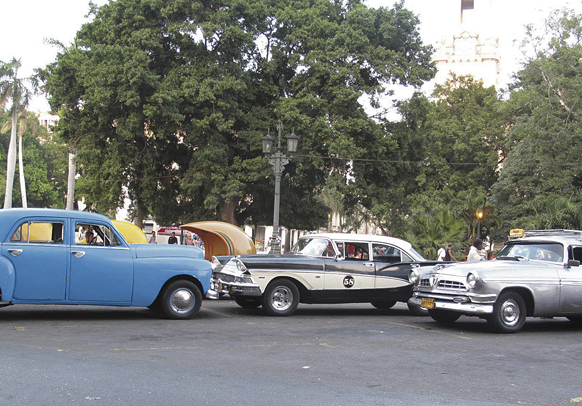by Wallice J. de la Vega

SANTIAGO DE CUBA, Cuba (CNS) – In many respects, the coordination of Pope Benedict XVI’s papal visit to Cuba relied on the experience from the 1998 visit of his predecessor, Blessed John Paul II.
Blessed John Paul visited four cities in five days. Although Pope Benedict visited two cities in three days, in some ways this trip was more complicated, said a Cuban official involved in the planning.
Marcos Gabriel, coordinating official from the Ministry of Foreign Affairs assigned to oversee the Santiago portion of the March 26-28 papal visit, also worked on the 1998 trip.
He told Catholic News Service March 28 that for multiple-location events, like the two papal visits, the Cuban central government sets up separate teams that “organize individually and coordinate jointly.”
Although the 1998 visit meant a larger set of expenditures and manpower provided, in part, by the state, the shorter lead time – three months from Vatican confirmation – for coordinating Pope Benedict’s visit was compounded by Cuba’s poor internal economic situation.
“Cuba, as a sovereign nation, is not separate from the rest of the world,” Gabriel told Catholic News Service. “We are not a developed country but, just like other nations of the world, we have felt the effects of this financial-economic crisis of recent years.”
Lagging Economy
Although private-property laws changed soon after President Raul Castro took office in 2006, creating an increase in small businesses, the economy is lagging, Gabriel said.
“We have been dragging along the economic aftermath of three strong financial impacts in our history,” said Gabriel, referring to the U.S. trade embargo against Cuba since 1962, a sudden 1989 drop in European contracts, and the most recent global economic crisis.
Cuba has no ministry of religious affairs, said Gabriel. However, for events like the papal visits, teams are composed using personnel from several agencies.
“Right here in this room, we have colleagues from foreign relations, communications, transportation, and other (ministries),” he said. “We come together as needed, because here there is no continuous use of resources for religious matters, having a secular government.”
After a quick pause, Miguel spoke of the heavy workload his team carried for the past few months to make the papal visit a success.
“From the start we knew it was a difficult challenge,” he said. “Difficult, but not impossible.”
